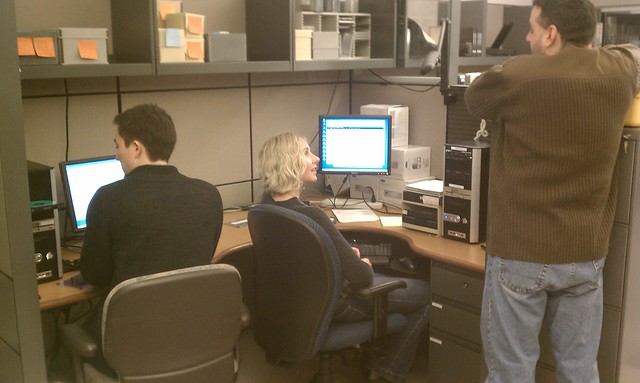Don Mennerich, a digital archivist in the Manuscripts Division at The New York Public Library, and I presented at the 2013 code4lib conference in Chicago, Illinois. Our presentation specifically focused on the complications of working with legacy born-digital records in special collections, and the occasionally extraordinary steps we undertake to preserve them or make them accessible. Our slides are available below or on Google Docs.
[gview file=”http://matienzo.org/storage/2013/2013Feb-code4lib-pitfall.pdf”]
Additionally, I presented a workshop on working with open source digital forensics tools to the University of Michigan student chapter of the Society of American Archivists last October. Nearly six months later, I have been able to get the slides and audio together in video form:
[kml_flashembed movie=”http://www.youtube.com/v/Q_LarkWDbF4″ width=”640″ height=”480″ wmode=”transparent”/]
[originally posted by Mark A. Matienzo]





